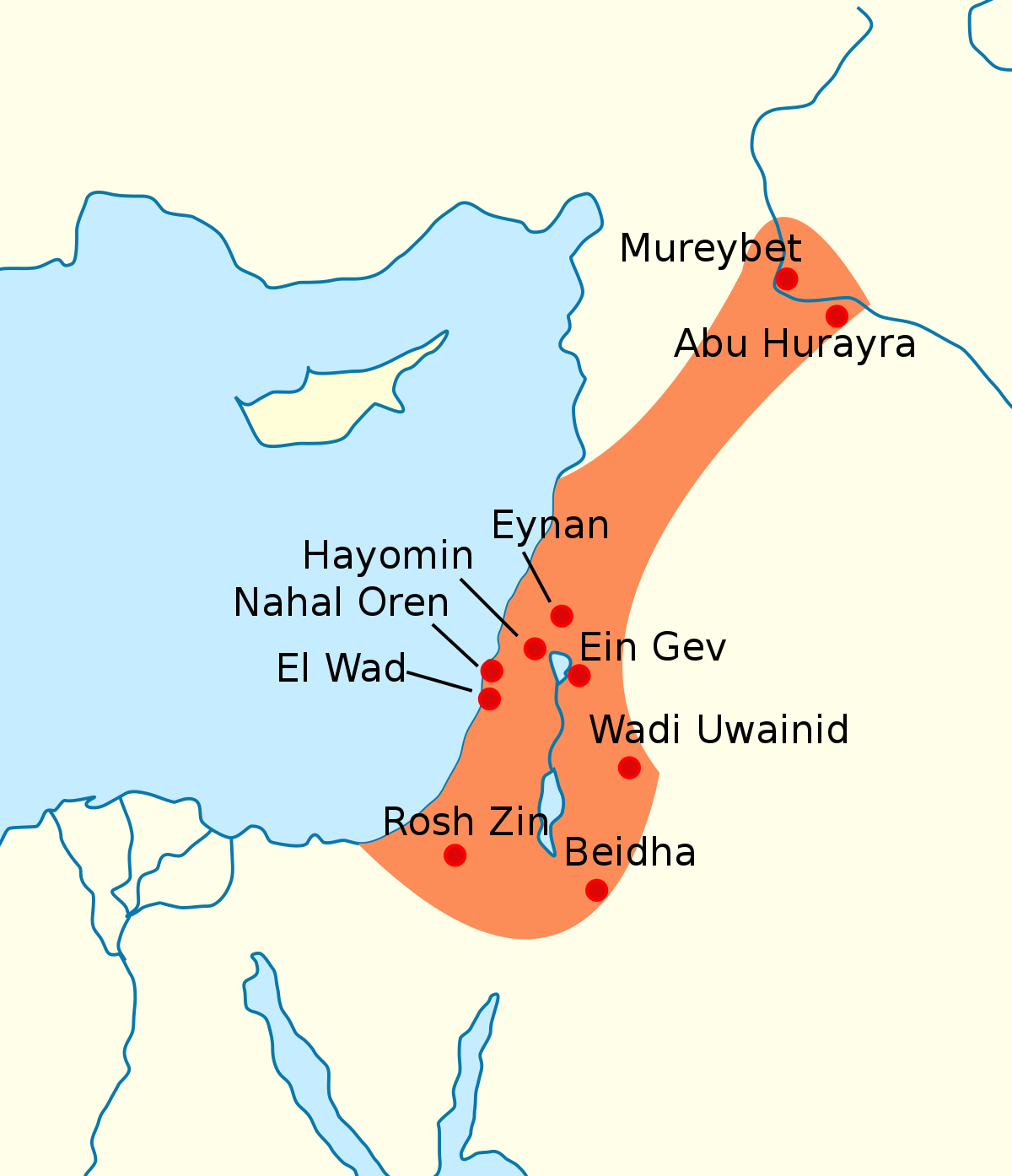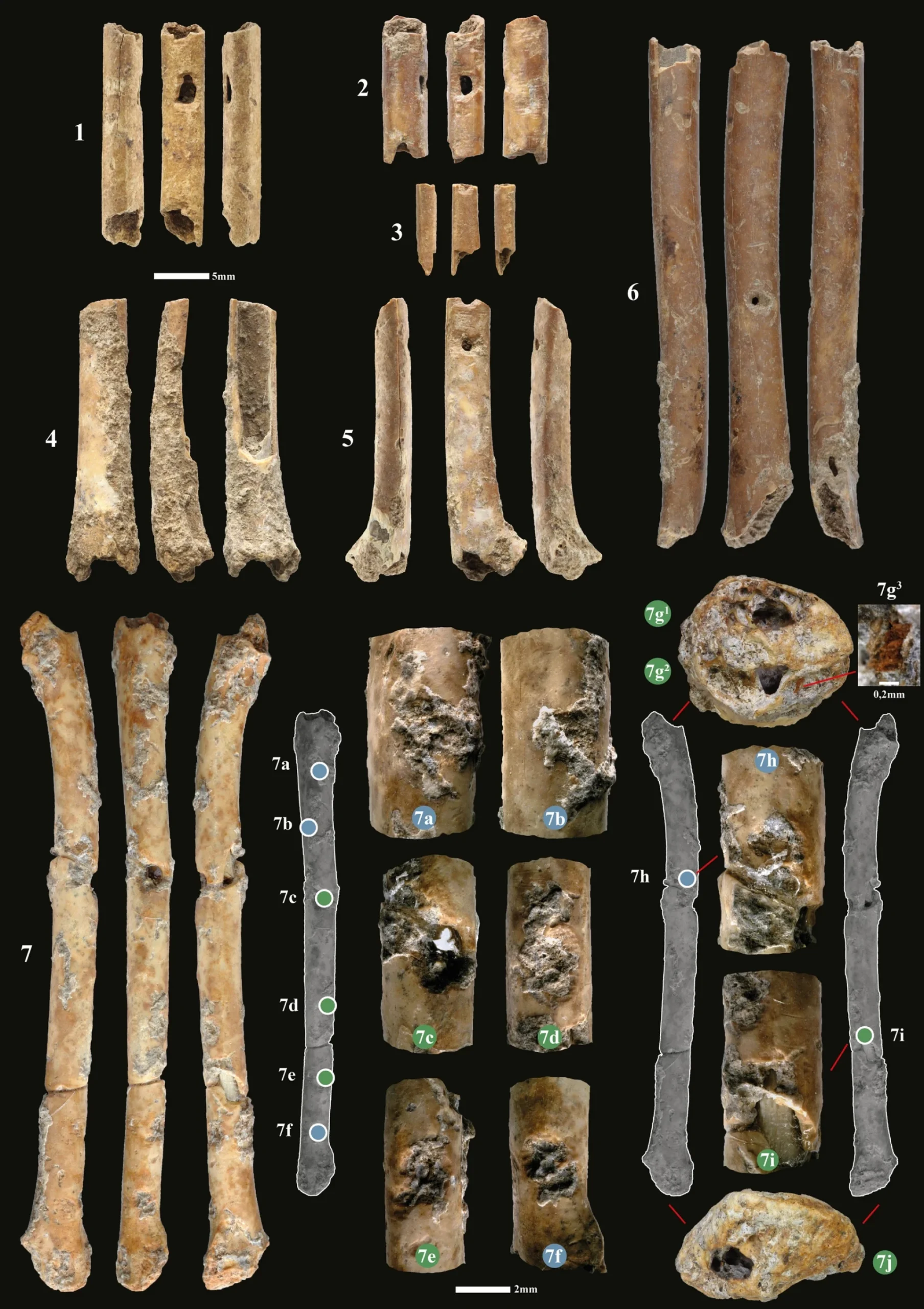12,000-year-old musical instruments, but what were they used for?

Since its discovery in the 1950s, researchers and archaeologists have excavated and delved deeply into the Eynan-Mallah region, home to one of hundreds of Natufian settlements. The Natufians were the first hunter-gatherers and first to found villages in the Levant, a region that stretches around the eastern Mediterranean.
Now archaeologists have unearthed seven aerophones , similar to flutes, that produce musical sounds when air is blown into them. The 12,000-year-old collection of aerophones was made from bird bones. This is the largest assemblage of prehistoric sound-making instruments found in its complete state in the Levant region.
The archaeologists who conducted this study may reveal that the aerophones were carved from duck bones, identified as Eurasian teal (Anas crecca) and Eurasian coot (Fulica atra). Four of the seven aerophones are within the size range of several small ducks identified at the site.
Why these tools were made
The Natufians hunted larger bird species, and bone size played a role in sound production. Thus, the choice of short, narrow bird bones for wind instruments appears to be more of a deliberate choice than a constraint on availability, the archaeologists concluded. Choosing a small bone has consequences, as experiments have shown that the narrower the diameter of the bone, the harder it is to play.
“We therefore believe that the Eynan-Mallaha aerophones were made to reproduce the calls of the common kestrel and sparrow hawk,” said the study researchers. In addition to attracting birds within shooting distance, the team observed that in prehistoric communities, such as the Natufians, people used the by-products (claws and feathers) of birds as personal ornaments, meaning they liked birds.
The central part of the aerophones was drilled one to four times to form finger holes. All aerophones have contact wear marks, indicating that they have been heavily used. There were some bone fractures, but the excavation process may have caused some.
"These artifacts are really important because they are the only clearly identified prehistoric sounding instruments in the entire Levant and the oldest sounding instruments imitating bird calls in the world," lead author Laurent Davin told Live Science. “They tell us about the Natufians' inventiveness and knowledge of acoustics and their technical precision. They also give us evidence of the Natufian relationship with birds of prey, which have symbolic value, how they communicated with them or how their calls were integrated into Natufian music."
The team concluded that, in addition to the seven aerophones, the technical traces on the bones reveal that similar, as-yet-unidentified tools are still hidden at other Natufian sites.

Thanks to our Telegram channel you can stay updated on the publication of new articles from Economic Scenarios.
The article 12,000-year-old musical instruments, but what were they used for? comes from Economic Scenarios .
This is a machine translation of a post published on Scenari Economici at the URL https://scenarieconomici.it/strumenti-musicali-vecchi-di-12-mila-anni-ma-a-cosa-servivano/ on Fri, 09 Jun 2023 20:00:29 +0000.


